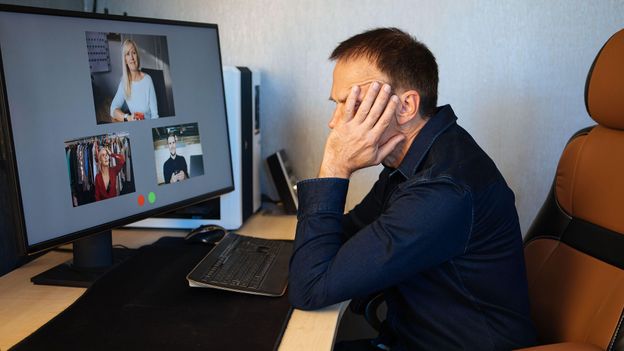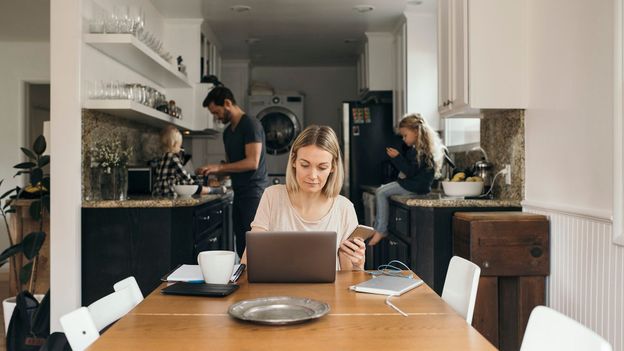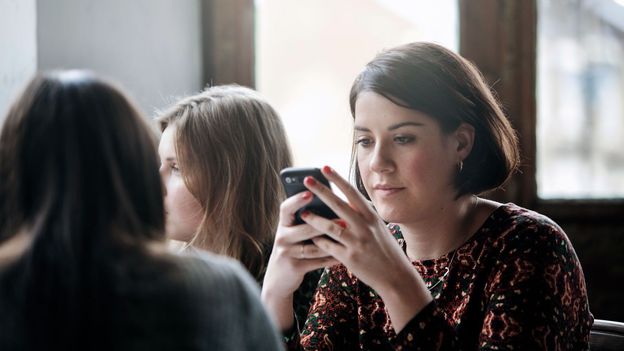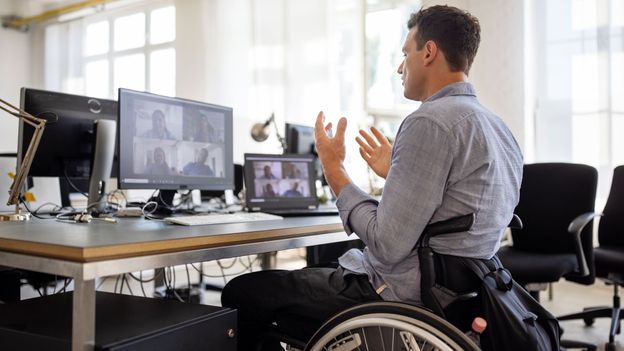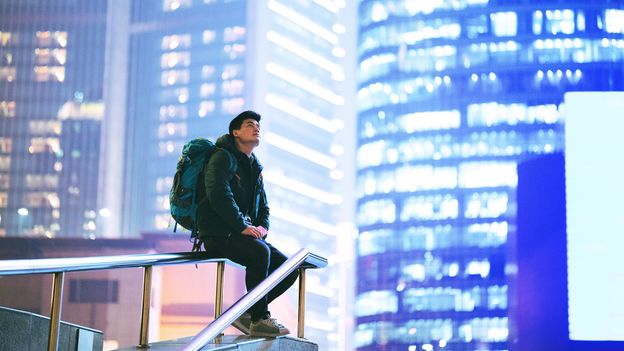Make no mistake, Zoom has been an integral lifeline. But the novelty is wearing seriously thin, in a year which has been defined by “Zoom with your grandmother, Zoom with your friends, Zoom with your colleagues”, says Anne-Laure Fayard, associate professor in the technology management and innovation department at New York University. The app has effectively flattened all of our interactions into the same tool, which makes it feel repetitive, inescapable and mandatory. “The pandemic created this sense that we only had one option, and that option was forced on everyone.”
That means that, like hand sanitiser and face masks, Zoom has become an indelible symbol of the Covid-19 era. “For many of us, Zoom fatigue is really work fatigue, pandemic fatigue, lockdown fatigue and social isolation fatigue,” says Henry Jenkins, a professor at the University of Southern California who specialises in communications and media.
Mix-and-match approach
Once we exit this crisis period, however, it makes sense that our relationship with Zoom will evolve, experts say. After all, though the process is usually slower than Zoom take-up in the pandemic, we’re used to adopting new technologies and finding the best ways to use them.
“Our norms will change. When we first had elevators, everyone would stare at each other like, ‘oh God’. And now in an elevator, we face forward,” says Hancock. And when ride-sharing services like Uber first appeared: “’Do I get in the front? Do I talk?’ And now it’s, yeah, you sit in the back; you don’t have to talk if you don’t want to.” We figured out the more awkward and messier bits as we went, and eventually adapted to the technologies.
In the case of Zoom, the hypothesis is we’ll use it more sparingly, and in situations that truly call for it. A great place to start is to really think on why we hold video conferencing in high regard in the first place.
“The assumption is face-to-face is always great, and so then we always need to have technology mimicking face-to-face,” says Fayard. “I think that’s why some people want video, and not just an email.”
But not everything needs to be face-to-face. “It’s about variety – I call it a ‘mix-and-match’ approach,” says Fayard. Juggle Zoom, email, in-person meetings, phone calls and other communication methods, she says, depending on “organisational needs, different types of meetings and different personalities of [employees]”.

